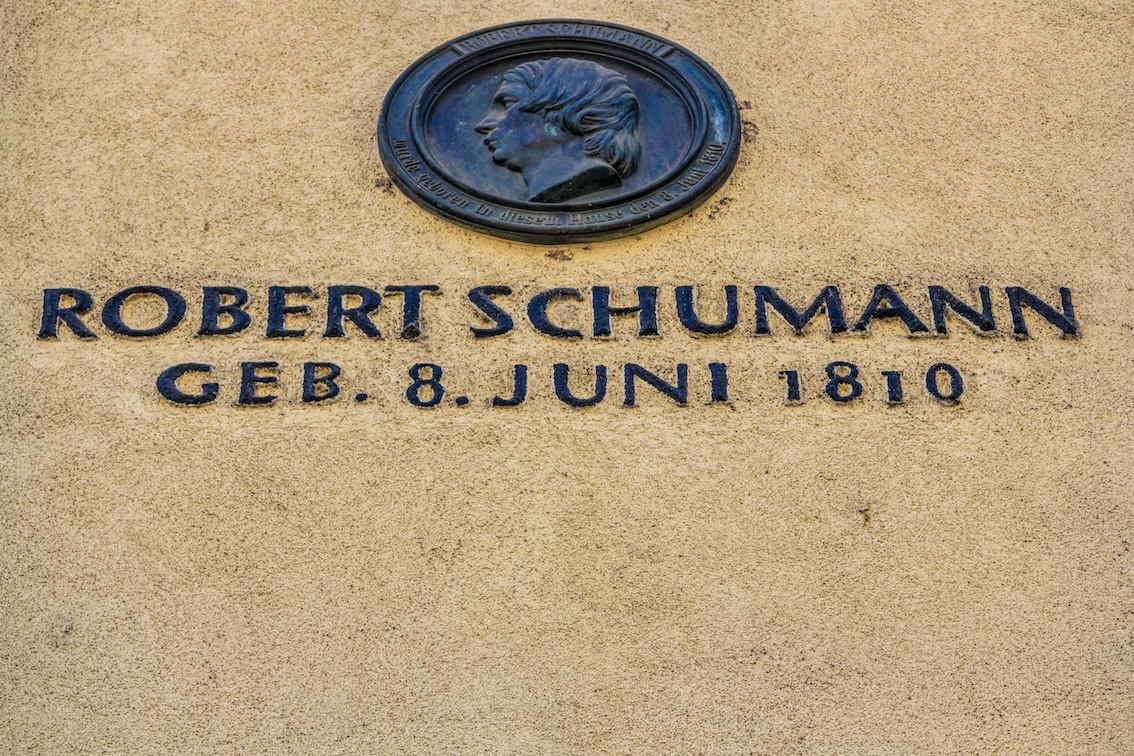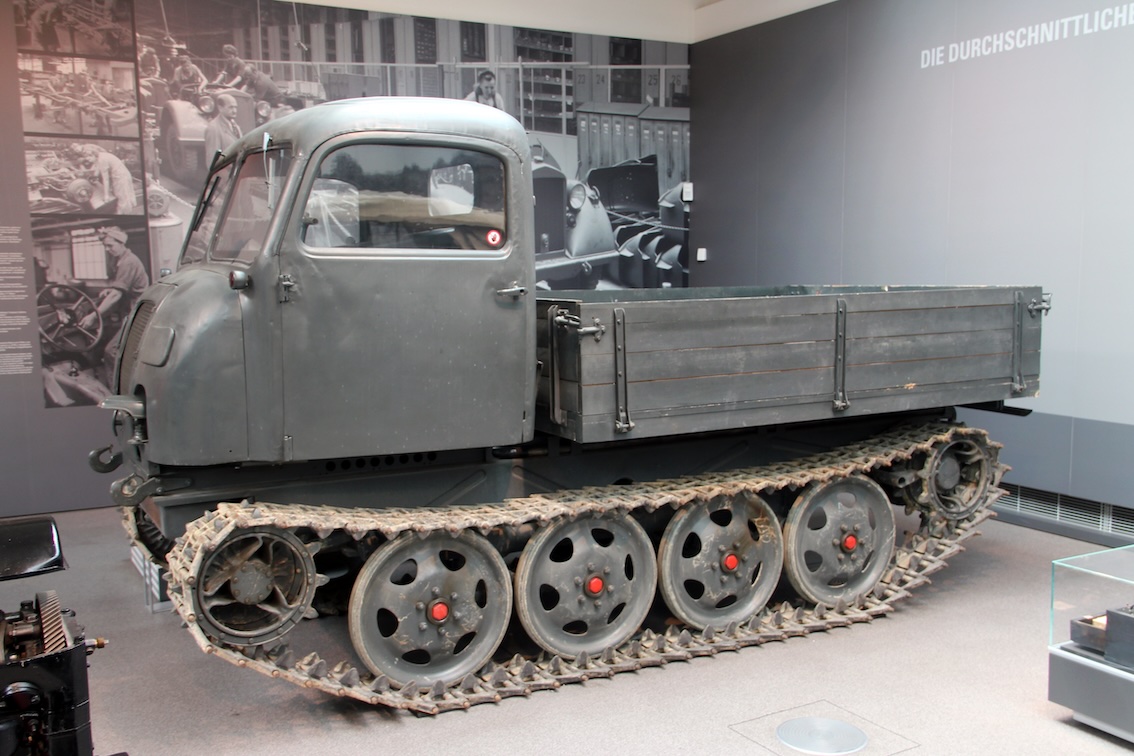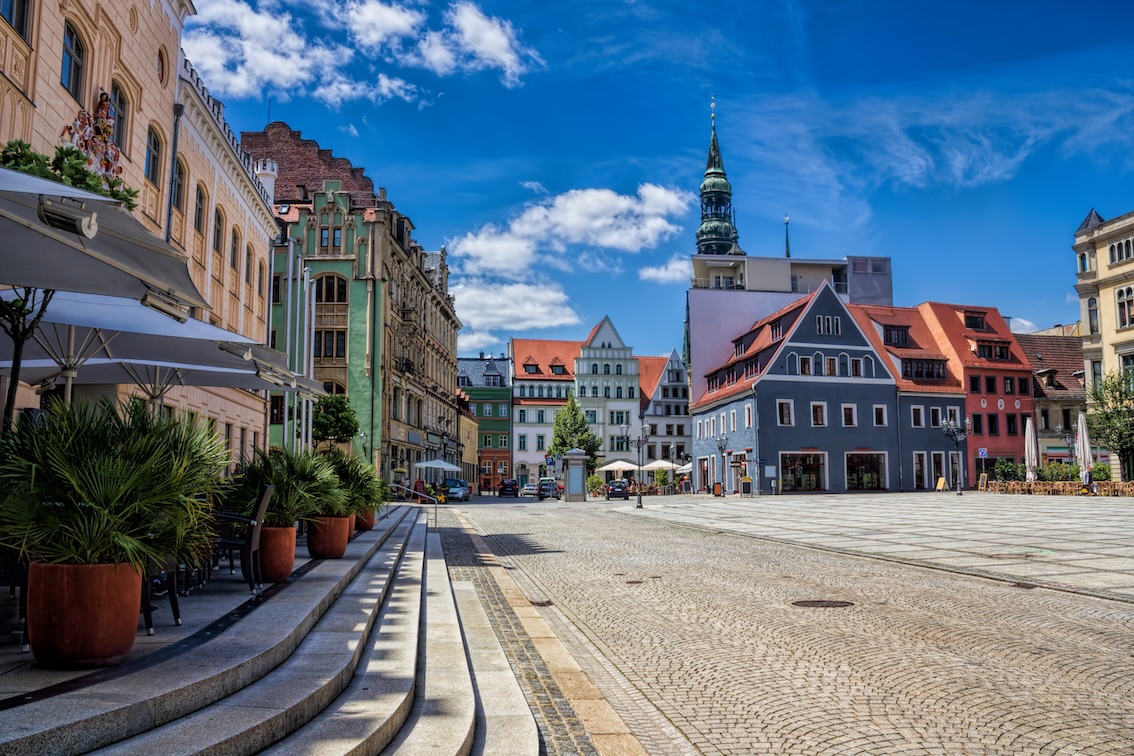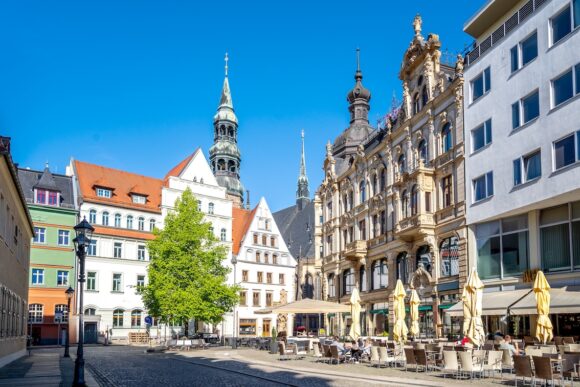Zwickau may not make the top of every traveler’s list, but that’s part of its appeal. If you want to discover a destination that blends history, culture, and small-town charm, look no further than Zwickau. Tucked in the western corner of the state, about an hour’s drive from Leipzig and Dresden, Zwickau is one of those quietly fascinating cities that often fly under the radar — yet rewards visitors who make the trip.
Here are seven reasons Zwickau is worth adding to your itinerary.
1. Follow the Music: The Robert Schumann House
For lovers of classical music, Zwickau is a pilgrimage site. The great German composer Robert Schumann was born here in 1810, and his birthplace, now a museum, offers a fascinating glimpse into his life and times.
The Robert Schumann House is set in a beautifully preserved townhouse filled with manuscripts, letters, pianos, and personal artifacts that tell the story of Schumann’s creative genius – as well as his deep partnership with pianist and composer Clara Schumann.
 ArTono / Shutterstock.com
ArTono / Shutterstock.com Even if you’re not a classical music expert, the museum’s intimate atmosphere and interactive exhibits make it a moving experience. And if you visit in June, you can catch the annual Robert Schumann Festival, when the whole city fills with concerts, recitals, and cultural events celebrating its most famous son.
2. Step Into Automotive History at the August Horch Museum
If you’ve ever admired a Volkswagen, Audi, or Trabant, you have Zwickau to thank. This city has been a hub of German automotive innovation for over a century, and nowhere is that story told better than at the August Horch Museum.
Named after August Horch, the pioneering engineer who founded both Horch and Audi, this museum is set in the original Audi factory buildings. The collection spans over a hundred years of automotive development, with beautifully restored vehicles ranging from early 20th-century luxury cars to East Germany’s iconic Trabants.
 aquatarkus / Shutterstock.com
aquatarkus / Shutterstock.com Crawled tractor, manufactured for the army in 1942-43 by Auto Union AG, the predecessor of modern Audi. Located in August Horch museum in Zwickau.
The exhibits are thoughtfully designed, with immersive displays that recreate workshops, production lines, and street scenes from different eras. Whether you’re a car enthusiast or just appreciate design and history, the August Horch Museum is easily one of the best automotive museums in Germany – and worth the trip alone.
3. Explore Zwickau’s Beautiful Old Town
Zwickau’s Altstadt is a joy to wander. Despite wartime damage, much of it has been lovingly restored, and today it offers a blend of medieval, Renaissance, and neoclassical architecture.
Start your walk at the Market Square, where you’ll find the impressive Town Hall, a striking white Renaissance building that dominates the square. Nearby, the Cathedral of St. Mary stands as one of Saxony’s oldest churches, with roots dating back to the 12th century and a soaring Gothic tower that offers panoramic views over the city.
 Shutterstock
Shutterstock Cafes spill out onto cobbled streets, small boutiques line the alleys, and there’s a relaxed, unhurried vibe that makes Zwickau feel welcoming and authentic – a perfect place to experience Saxon life without the tourist crowds.
4. Enjoy Riverside Walks and Green Escapes
The Mulde River flows gently through Zwickau, and the city has made the most of its natural setting. The riverside promenade offers lovely walking and cycling paths, dotted with bridges, sculptures, and picnic spots.
A local favorite is the Schwanenteich Park, a tranquil green space perfect for a stroll, paddle boating, or simply relaxing by the water. On warm days, locals gather for open-air concerts, family picnics, and leisurely walks under the trees.
For those who enjoy cycling, the Mulderadweg (Mulde Cycle Path) runs through Zwickau as part of a longer scenic route stretching across Saxony — a great way to explore the countryside and nearby villages.
5. Dive Into Local Culture at the Theater Plauen-Zwickau
Culture lovers will appreciate that Zwickau shares a joint theater company with nearby Plauen, offering a vibrant calendar of opera, drama, and ballet performances. The Gewandhaus Zwickau, where many of these take place, is an elegant neo-Baroque building with a rich history of hosting concerts and plays since the 19th century.
Even if your German isn’t fluent, attending a local performance here is a wonderful way to experience Saxon culture and see how deeply music and theater are woven into daily life. Check the theater’s schedule before your visit – you might catch a contemporary adaptation of a classic opera or a Schumann-inspired concert.
6. Taste Saxony’s Culinary Comforts
Zwickau might not be famous for its cuisine, but you’ll find plenty of hearty Saxon specialties served with genuine warmth. Dishes like Sauerbraten (marinated roast beef), Quarkkeulchen (sweet curd pancakes), and Kartoffelsuppe (potato soup) feature prominently on local menus, often paired with a cold regional beer.
 BearFotos / Shutterstock.
BearFotos / Shutterstock. Fried quark pancakes (Quarkkeulchen)
Head to Domhof Zwickau, a local favorite near the cathedral, for traditional dishes and freshly brewed craft beer in a cozy, wood-paneled setting. During Christmas, the city’s Weihnachtsmarkt fills the old town with twinkling lights, mulled wine, and stalls selling regional treats – a festive experience that rivals those of much larger cities.
7. Discover Saxony Beyond the Obvious
Perhaps the best reason to visit Zwickau is that it offers an authentic glimpse into Saxony beyond the usual tourist circuit. It’s less crowded than Leipzig or Dresden, yet full of character – a place where history, creativity, and community spirit come together in unexpected ways.
From its musical heritage and industrial innovation to its riverside beauty and friendly atmosphere, Zwickau rewards curiosity. Spend a day or two here, and you’ll find yourself drawn into its quiet rhythm – a city that tells Germany’s story in a refreshingly human scale.
Getting to Zwickau
By car, Zwickau is 4.5 hours from Kaiserslautern, 4 hours from Stuttgart, and 3 hours and 45 minutes from Wiesbaden. Check with Deutsche Bahn for train options.
Featured image by Sina Ettmer Photography / Shutterstock.com








